1. Navigating Language Barriers
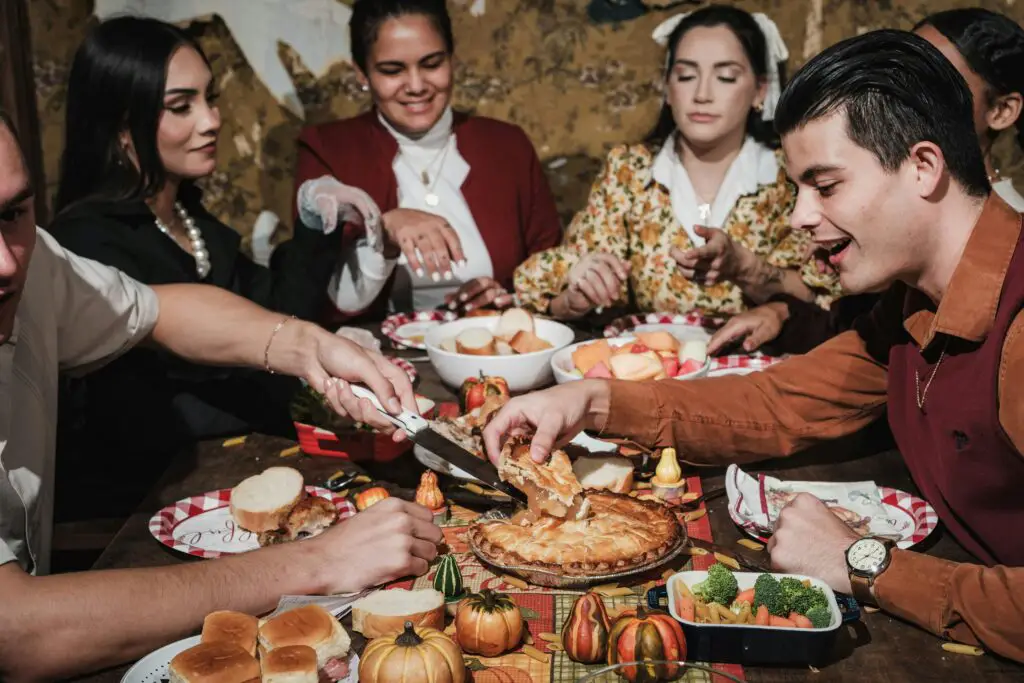
For many immigrant families in the ’80s, ’90s, and early 2000s, the language barrier was the first hurdle to overcome. Parents often relied on their kids to translate everything from school letters to bills, a responsibility that made children grow up a little faster. Imagine being 10 years old and explaining to your mom what a notice about overdue rent meant or helping your dad order food at a drive-thru. These moments were equal parts stressful and bonding; they created an unspoken partnership between generations. Mispronunciations were common, and sometimes hilarious, leading to moments of laughter even in tense situations. Kids learned to switch between languages effortlessly, one moment speaking their native tongue and the next, perfecting their English accent in school. Meanwhile, parents often picked up quirky phrases or incorrect usages of words, endearing them to their kids but sometimes leading to embarrassing moments in public according to Writing Our Future.
On the other hand, family gatherings became language melanges, blending English with native phrases in the most creative ways. Older relatives stuck to the mother tongue, while the younger ones seamlessly mixed English slang into conversations. Watching TV together was a shared learning experience; subtitled shows were a staple. Teachers might have assumed immigrant parents didn’t care about school events because they couldn’t communicate fluently, but they deeply cared and tried their best. The struggle to fit in while preserving linguistic heritage made every small victory—like a parent saying “Thank you” perfectly—a celebration. The complexity of bridging these linguistic gaps taught kids the art of empathy and patience early on says Buzzfeed.
2. The Eternal Lunchbox Dilemma

Bringing lunch to school as an immigrant kid could be a minefield of embarrassment or pride, depending on how the day went. Traditional dishes packed by loving parents often carried strong smells or looked vastly different from the sandwiches and juice boxes other kids brought. You learned to defend your spicy samosas or savory dumplings against stares and comments like, “What is that smell?” On good days, curious classmates asked for a taste, and you’d puff up with pride, explaining the dish’s origins. On bad days, teasing made you wish for a PB&J sandwich like everyone else, but you couldn’t bring yourself to tell your parents to stop packing your favorite foods explains Voices of Youth.
Over time, you came to appreciate the love packed into those meals, even if you didn’t always eat them at the cafeteria table. Some kids developed a habit of trading food, becoming cultural ambassadors without realizing it. Others just quietly ate their meals, savoring the flavors that reminded them of home. Parents, often unaware of the lunchtime dynamics, continued making those meals with care, thinking they were doing their best. As you grew older, you learned to unapologetically embrace your cultural food, and suddenly, those dishes became cool. The lunchbox dilemma became less about fitting in and more about standing out in the best way possible.
3. The Sacred Sunday Phone Call
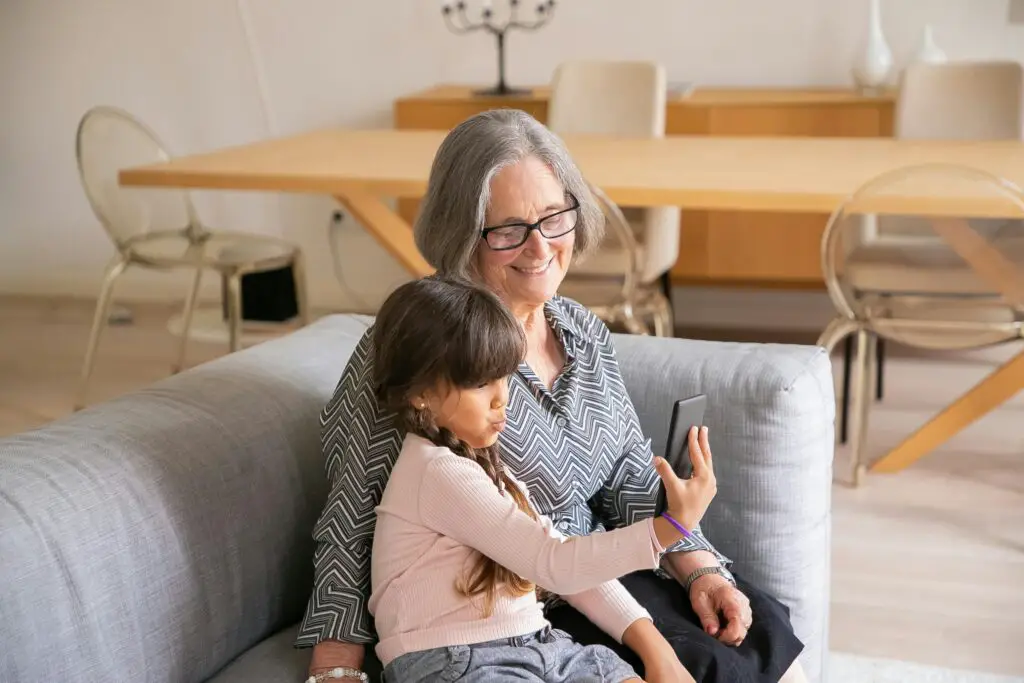
Sunday afternoons were reserved for long-distance calls to relatives back home. Parents would meticulously plan these calls to maximize their time on expensive calling cards. Kids would sit nearby, listening to their parents’ animated voices shift between excitement and sadness. These conversations were windows into a world that felt both distant and deeply connected. Parents shared every detail of life abroad, often exaggerating the positives to avoid worrying their loved ones says VICE.
Sometimes, kids were dragged into these calls, told to say hello in a language they barely spoke. The awkward silences and nervous giggles became a regular part of these interactions. Parents would often cry quietly after hanging up, overwhelmed by the bittersweet connection to home. Those phone calls were lifelines, keeping family ties alive despite the miles. For the kids, it was a reminder of where they came from and the sacrifices their parents made.
4. The Never-Ending Search for “Deals”
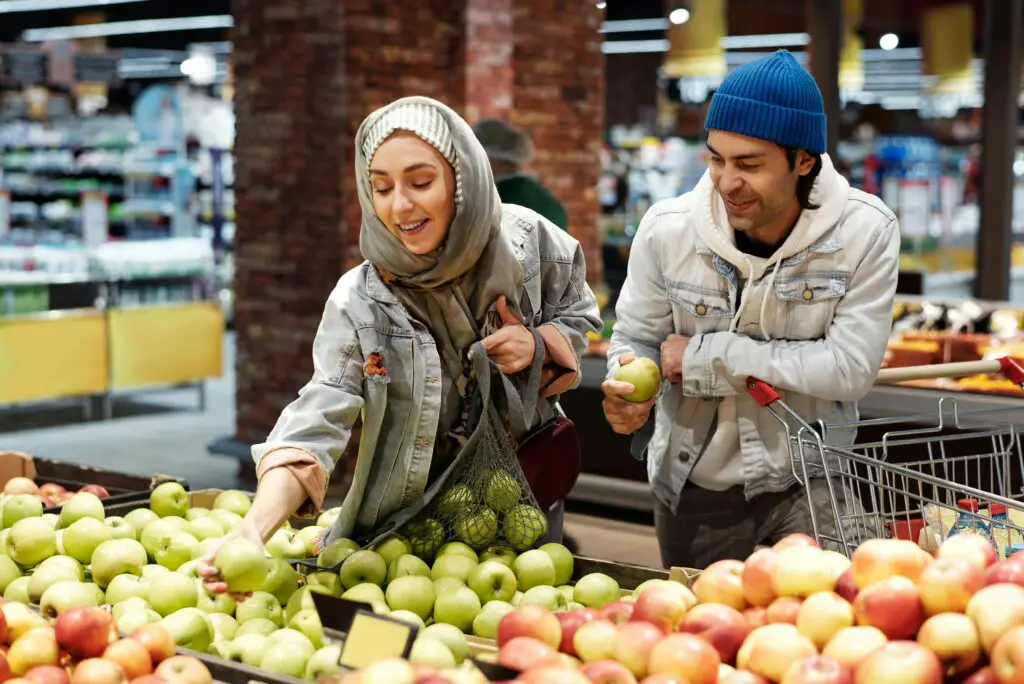
Every immigrant family knew how to hunt for the best deals, whether it was at thrift stores, clearance sales, or discount grocery chains. Coupons were treated like gold, and bargain hunting was practically a family sport. Parents would stock up on essentials in bulk, often buying items they didn’t need simply because they were on sale. While other kids had name-brand shoes, you probably rocked off-brand sneakers that your mom swore looked identical to the popular ones explains BBC.
These shopping trips became educational in their own way, teaching kids about budgeting, value, and resourcefulness. There was a certain pride in finding a good deal, even if it came with a little social stigma. Parents would often compare prices with friends or relatives, turning every purchase into a competition. The thrifty mindset became ingrained, shaping the way kids approached money management as adults.
5. The Family Road Trip
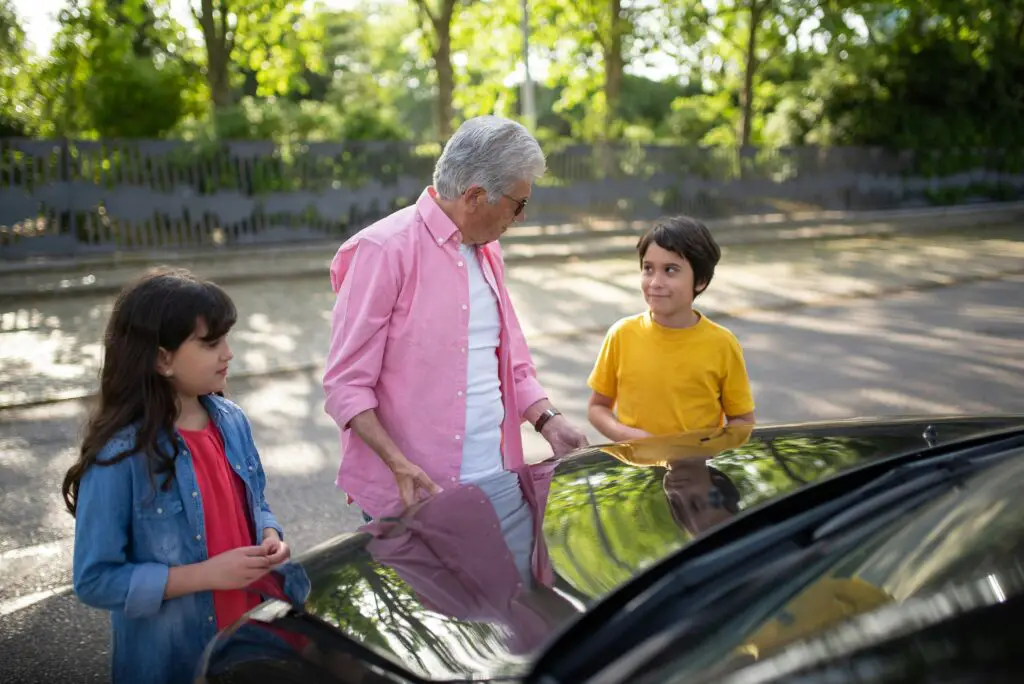
Road trips were a rite of passage for many immigrant families, often taken in an old car packed with snacks and restless kids. These trips were never about luxury; they were about bonding and exploring on a budget. Parents would map out every stop to save money, bringing along homemade food instead of eating at restaurants. The car became a moving cultural hub, filled with music from back home and stories about the old country.
Breakdowns or getting lost were common, but they were treated as part of the adventure. Kids learned patience during these long drives, often entertaining themselves with games or conversations. Parents used these trips to teach their kids about new places while subtly reinforcing the importance of family unity. Even with the occasional arguments, these road trips created memories that lasted a lifetime.
6. The DIY Home Projects

Immigrant parents often tackled home improvements themselves, armed with determination and a few borrowed tools. From painting walls to fixing leaky faucets, nothing was too small or too big to handle on their own. Kids became the unofficial helpers, holding flashlights or fetching tools. These projects were less about saving money and more about the pride of doing it yourself.
The results weren’t always perfect, but the effort made every project feel like an achievement. Kids grew up watching their parents find creative solutions to problems, learning resourcefulness in the process. The DIY spirit extended beyond home repairs, influencing how the family approached challenges in general.
7. Celebrating “American” Holidays

Adopting American holidays was both exciting and confusing for immigrant families. Halloween, Thanksgiving, and Fourth of July brought new traditions that parents didn’t fully understand. Kids often became the cultural bridge, explaining customs like trick-or-treating or turkey dinners. Despite the initial confusion, parents wholeheartedly participated, creating unique blends of old and new traditions.
Celebrations became a mix of American and cultural elements, with holiday meals featuring dishes from both worlds. Over time, these hybrid traditions became a cherished part of family life. Parents saw these holidays as a way to connect with their kids and their new home, creating moments of joy and togetherness.
8. The “Don’t Waste Anything” Philosophy
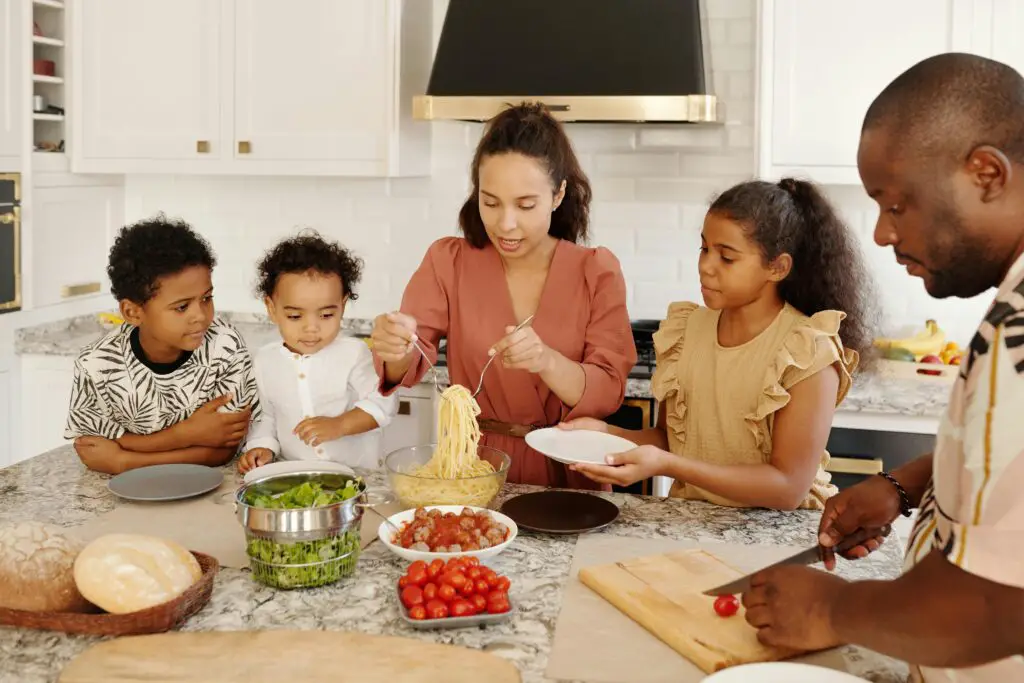
In immigrant households, waste was not an option. Leftovers were transformed into new meals, and nothing went unused. Kids learned the value of resourcefulness, watching their parents find creative ways to stretch every dollar. This mindset extended beyond food, influencing how the family approached clothing, furniture, and even toys.
While it sometimes felt restrictive, the philosophy taught kids to appreciate what they had. Parents instilled a sense of gratitude, reminding their children of the sacrifices that made their life possible. As adults, these kids carried those lessons forward, valuing sustainability and mindful consumption.
9. The Reluctant Parent-Teacher Conferences
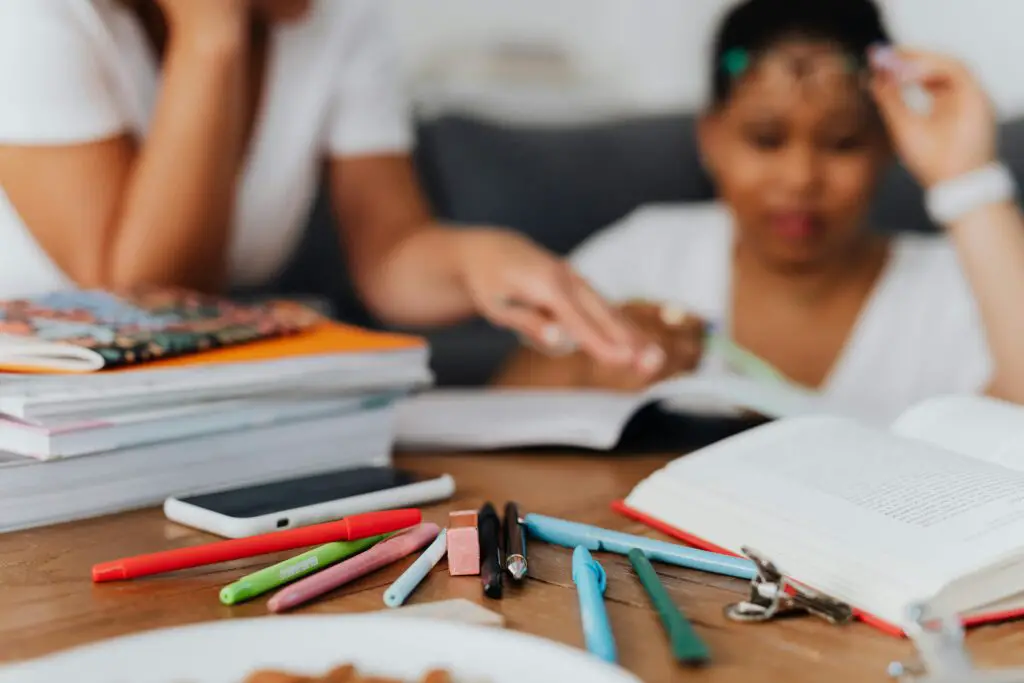
Parent-teacher conferences were anxiety-inducing events for immigrant families, often complicated by language barriers. Kids became interpreters, trying to soften the blow of critical feedback or awkward compliments. Parents, determined to show their involvement, dressed up and listened intently, even when they didn’t understand every word.
These meetings highlighted the cultural divide between home and school, but they also reinforced the family’s commitment to education. Kids saw how much their parents cared, even if they couldn’t always express it in the expected ways. Over time, these experiences became a testament to the sacrifices parents made to give their kids a better future.
10. The Living Room Showcase
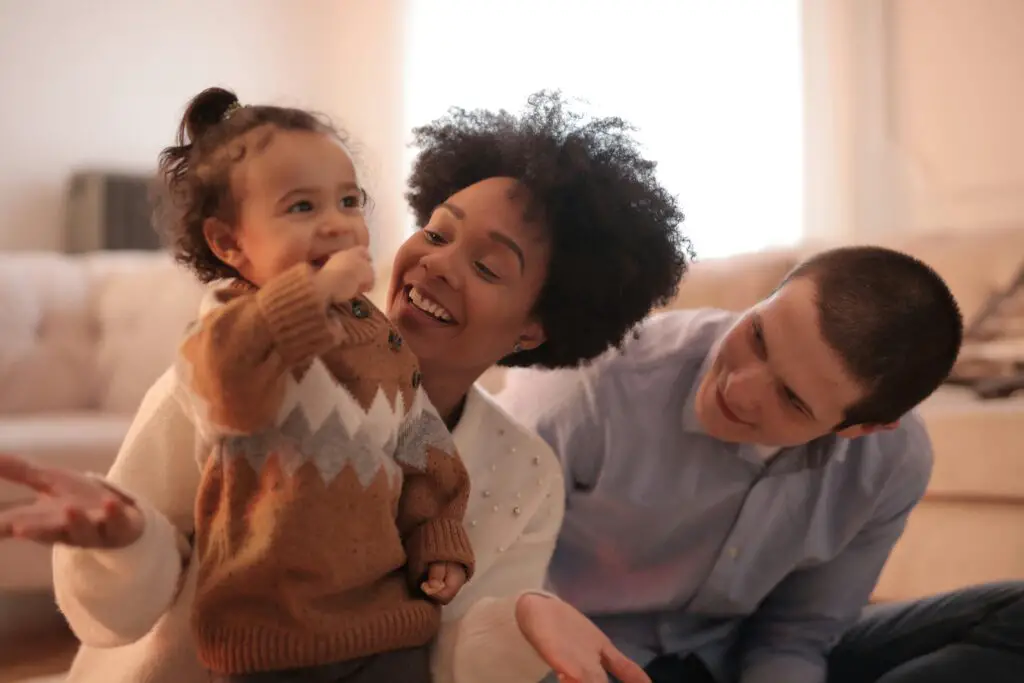
The living room was often a sacred space, filled with meticulously arranged furniture, plastic-covered sofas, and a cabinet of unused glassware. This area wasn’t meant for everyday use; it was reserved for guests or special occasions. Kids were constantly reminded to keep it spotless, treating the space like a museum exhibit.
Despite its formality, the living room was a source of pride for parents, symbolizing their hard work and aspirations. Guests would marvel at the setup, while kids secretly longed to use the “forbidden” area. Over time, this tradition became a reminder of the family’s journey and the balance between practicality and pride.
11. The Dual Identity Struggle
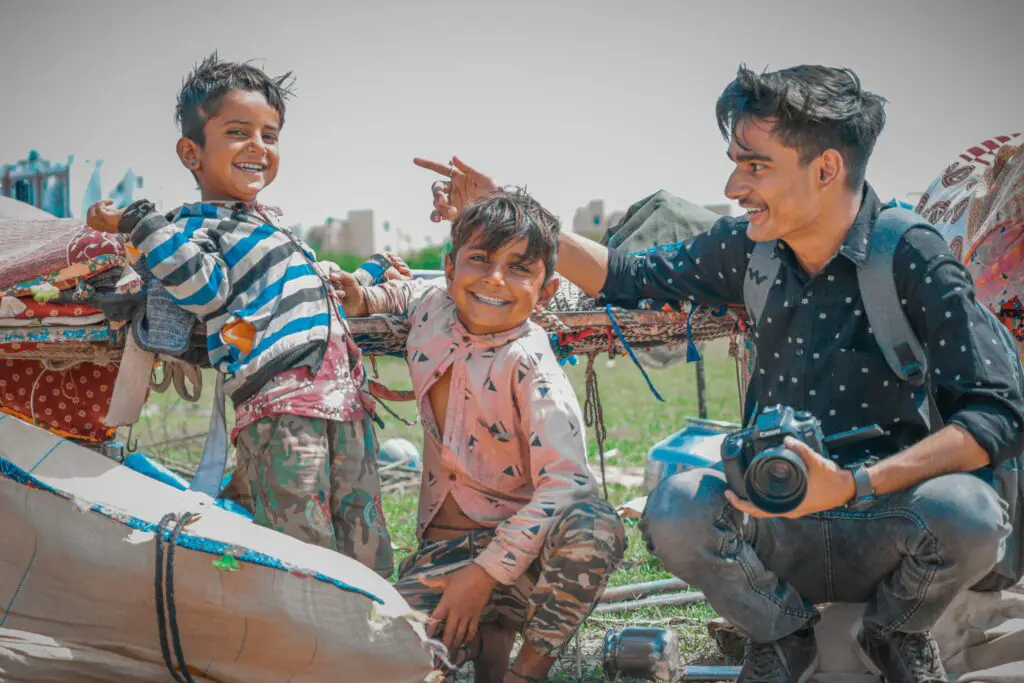
Growing up between two cultures meant constantly navigating a dual identity. At home, kids embraced their heritage, speaking their native language and following traditional customs. At school, they blended into the American way of life, adopting slang and pop culture references to fit in. This balancing act was exhausting but necessary, shaping their sense of self.
Over time, kids learned to appreciate both sides of their identity, finding strength in their multicultural upbringing. They became cultural chameleons, able to move seamlessly between worlds. This duality wasn’t just a challenge; it was a gift, allowing them to see the world through a unique lens and connect with people from diverse backgrounds.
